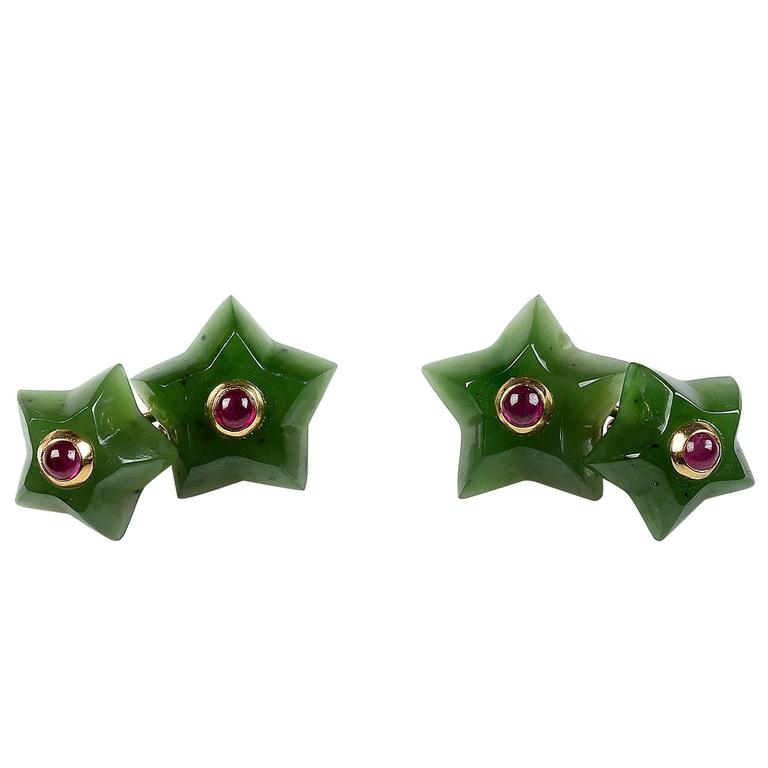

“Hiddenite is small and can be difficult to find,” Jason Miller, co-owner of Emerald Hollow Mine, tells. The rare specimen can prove elusive, but it’s all about the thrill of the hunt. It’s the only site in the country where the public can search for emeralds and North Carolina Hiddenite, a lime-green gem (from the mineral spodumene) discovered in the area in 1879. (Some places will even cut, polish and set found minerals into jewelry for a fee.) In North Carolina, for example, 50,000 treasure hunters try their luck at Emerald Hollow Mine each year. Today nearly every state has at least one fee-based mine or dig site that’s open to the public with a "finders, keepers" policy that allows visitors to pocket their finds.


Gold is neither a gem nor a mineral-it’s a chemical element.) Gems are precious or semiprecious minerals that can be cut and polished into colorful stones. ( Generally speaking, minerals are inorganic objects containing a specific chemical makeup and molecular structure. history that even today every state in the union has either a state gem or mineral-or both. The hunt for buried treasure is so interwoven into U.S. One of the earliest accounts of mining in what is now the United States comes from the Pueblo, a Southwestern tribe that began mining for turquoise some 2,600 years ago. As early Anglo settlers spread the word about the wealth of buried treasures beneath the land, immigrants flocked to the colonies to stake their claim. Often called “rockhounding,” the search for gems and minerals has been popular for decades. The secret is knowing where to sink your shovel. Across the United States there are dozens of public mining and digging sites packed with everything from diamonds and emeralds to jade and sunstone. Do you dream of the good life? For a lucky few, treasure may lie hidden beneath your feet.


 0 kommentar(er)
0 kommentar(er)
